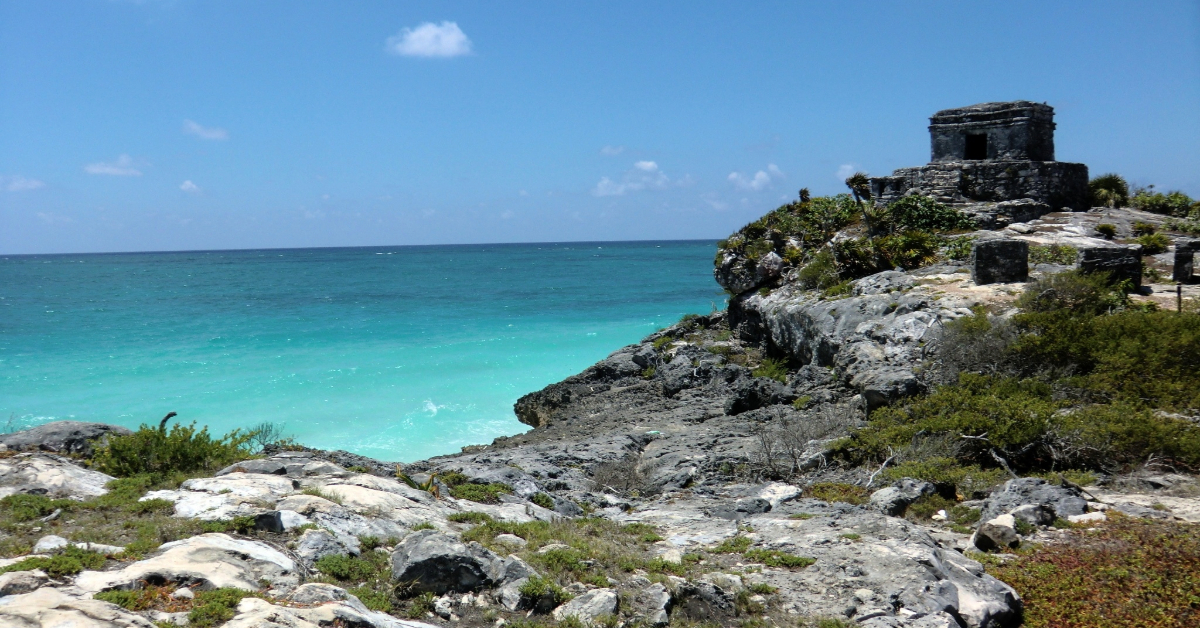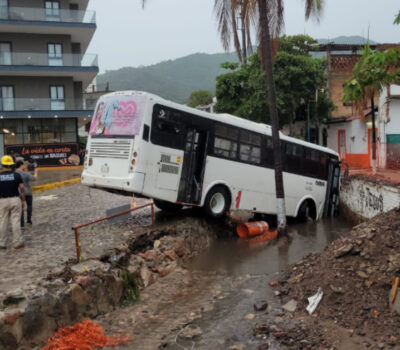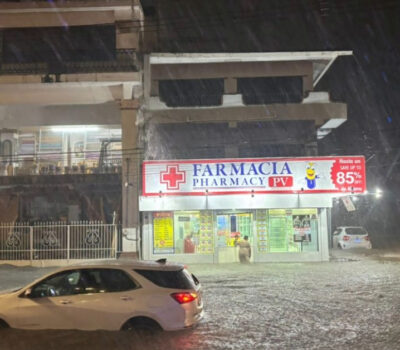Quintana Roo must increase its tourist arrivals by 40%—from 20 to 28 million annually—by 2030 to help Mexico become the fifth most visited country globally.
Quintana Roo has been tasked with a major challenge: increase its annual tourist arrivals by 8 million over the next five years, bringing the yearly total from 20 million to 28 million. The goal, part of a federal initiative led by Mexico’s Ministry of Tourism (Sectur), is to help position the country as the fifth most visited nation in the world by the end of the current federal administration.
This 40% increase mirrors tourism growth targets given to other high-traffic destinations like Baja California Sur, Sinaloa, Nayarit, Jalisco, and Veracruz. The plan signals Mexico’s ambition to expand its reach globally and compete with tourism giants such as France, Spain, and the United States.
Neighboring states on the Yucatán Peninsula also face growth targets, though slightly lower. Yucatán is expected to grow its annual visitor count from 2.4 million in 2024 to 3 million by 2030—a 25% increase. Campeche, which welcomed 1.7 million tourists last year, is projected to reach 2.1 million in the same timeframe.
Across the country, Sectur’s overarching goal is to grow international tourist arrivals from 45 million in 2024 to 63 million by 2030. That’s a 40.5% jump in just five years, signaling not only a shift in strategy but a significant bet on Mexico’s long-term appeal to global travelers.
Focus on Global Markets and Infrastructure Expansion
To meet these goals, the federal strategy includes a push to attract more tourists from emerging markets in South America, Europe, and Asia. One of the key components of this push is the integration of $30 billion in tourism-related investments through the national Investment Portfolio for Shared Prosperity.
Sectur also aims to position the “Mexico” brand in the global top 10, a feat that will require not just more visitors, but a redefinition of the country’s international image—balancing its reputation as a beach destination with its cultural, ecological, and adventure offerings.
Hotel infrastructure is another area getting a boost. The current hotel room count in Mexico stands at 907,231. If all goes according to plan, that number will increase by 12% to over 1 million rooms (1,016,394) by 2030. In parallel, tourism revenue from international visitors could jump from $32.956 billion in 2024 to $48.215 billion in 2030—a 46% increase.
Mayan Train and the 2026 World Cup as Catalysts
Another major part of Mexico’s tourism expansion hinges on the Mayan Train project, especially in the southeastern region. Federal authorities have set specific benchmarks for the project, including 60% average hotel occupancy in properties tied to the railway and a target of 20% international usage of the train network. The Mayan Train is expected to facilitate better land connectivity between Quintana Roo’s beach destinations and other cultural sites across the Yucatán Peninsula.
Quintana Roo, with its airport in Cancún serving as one of the most internationally connected hubs in Latin America, is expected to benefit enormously from this infrastructure. According to the state’s Tourism Secretariat (Sedetur), Cancún alone could capture up to 40% of the 5 million international visitors expected to arrive in Mexico for the 2026 FIFA World Cup.
To capitalize on this opportunity, local tourism officials are already developing vacation packages aimed at extending the stay of visitors before, during, and after the tournament. These packages would allow football fans to attend matches in host cities and then travel via the Mayan Train to relax or explore attractions in the Mexican Caribbean.
Tourism Strategy with a Long View
The government’s approach is designed not only to hit numeric targets but to embed tourism more deeply into Mexico’s long-term economic model. The projected increases in arrivals, investment, hotel capacity, and revenue are all interconnected, and much of the strategy depends on how effectively states like Quintana Roo can ramp up their infrastructure, services, and marketing in a short period.
While the targets are ambitious, stakeholders believe they are within reach, especially with global interest in Mexico rising again post-pandemic. If successful, the effort could reshape the country’s position on the world tourism stage and make destinations like Cancún, Playa del Carmen, and Tulum even more central to international travel trends.
Still, the road to 2030 is not without challenges. Security concerns, environmental sustainability, and infrastructure stress will all be factors that could either slow or support the strategy’s success. For now, however, Quintana Roo appears to be at the heart of a high-stakes tourism expansion plan that could transform Mexico’s global standing.
Quintana Roo must increase its tourist arrivals by 40%—from 20 to 28 million annually—by 2030 to help Mexico become the . . .












